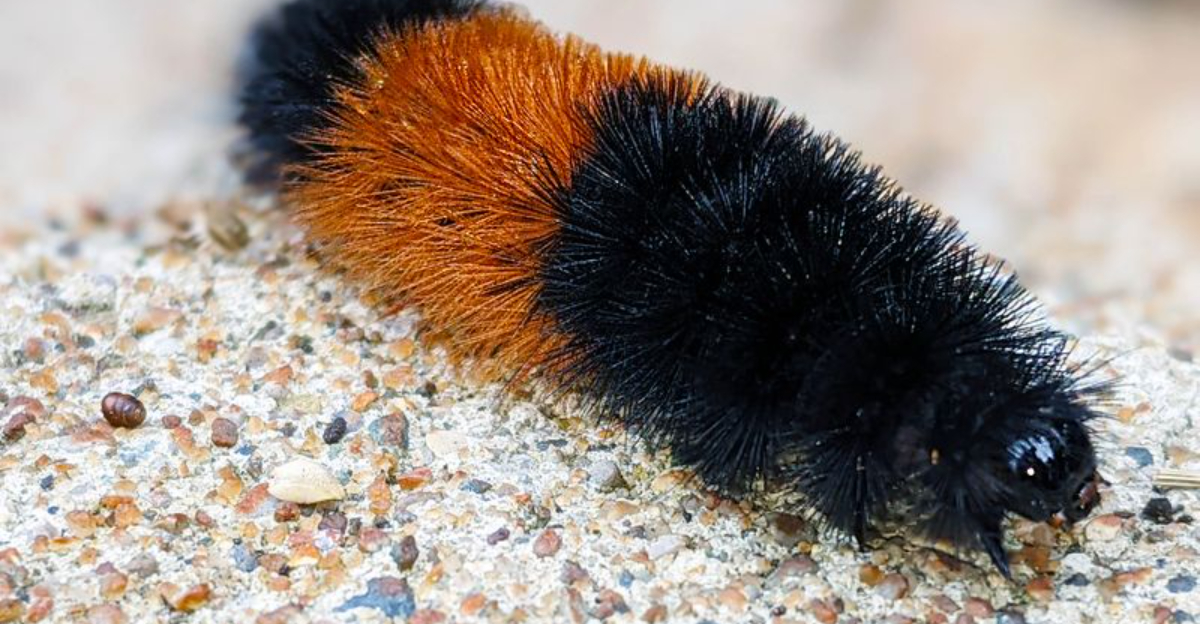Welcome to a fascinating exploration of nature’s wonders! Some animals possess the remarkable ability to freeze for years, only to come back to life as if nothing happened.
This phenomenon, known as cryptobiosis, is a survival strategy that allows these creatures to endure extreme conditions.
So, let’s uncover the secrets of these extraordinary animals that have mastered the art of surviving the impossible.
1. Wood Frog
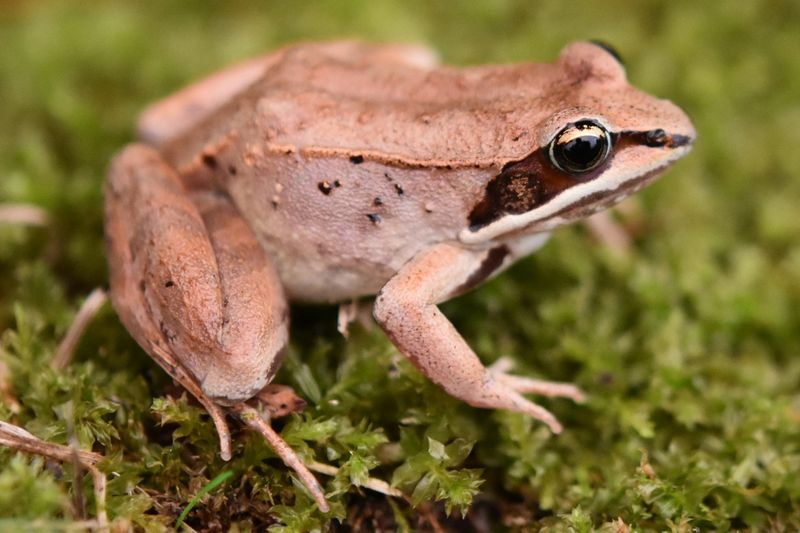
The wood frog has a unique survival tactic that leaves scientists in awe. In the chill of winter, these frogs can freeze solid, appearing lifeless.
Their heartbeat and breathing stop, and their bodies become icy statues. Yet, with the warmth of spring, they awaken, hopping back into life as if nothing happened.
This incredible feat is due to their ability to produce a natural antifreeze. Their bodies flood with glucose, which protects their cells from ice damage, ensuring they come back to life when thawed.
Found primarily in North America, the wood frog’s habitat stretches from the forests of the United States to the Arctic Circle.
This small amphibian has adapted to survive in cold climates where others would perish. By freezing up to 70% of their body water, they avoid fatal dehydration, a common risk for many animals.
This adaptation not only allows them to endure the harsh winters but also ensures their survival and reproduction come spring.
As climate change poses new challenges, the wood frog offers a glimpse into nature’s resilience. Their ability to freeze and return to life could inspire new research into cryopreservation and medical applications for humans. Nature’s marvels, indeed!
2. Tardigrade
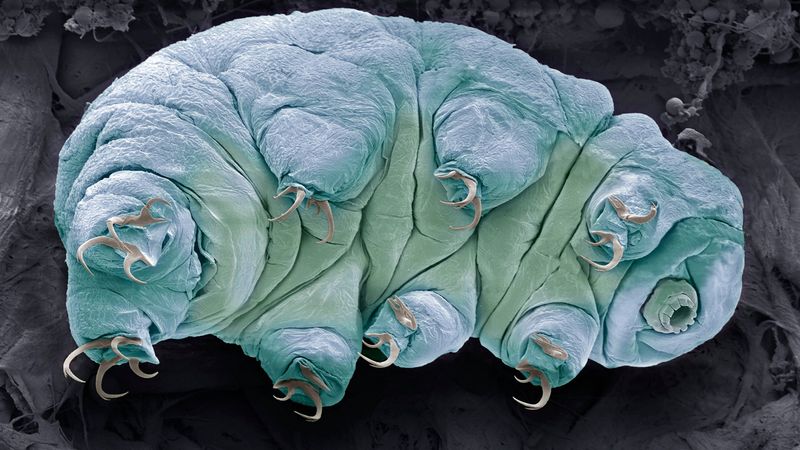
Tardigrades, affectionately known as water bears, are microscopic marvels. Despite their tiny size, they boast an extraordinary ability to survive extreme environments.
These resilient creatures can endure freezing temperatures by entering a state called cryptobiosis. During this phase, they lose almost all their water content, shrinking into a dehydrated ball that can withstand the test of time.
Their habitats are diverse, ranging from deep ocean floors to the icy peaks of mountains. Tardigrades have been found in some of the most inhospitable places on Earth, making them a subject of keen scientific interest.
Their resilience is unmatched, surviving temperatures as low as -328°F (-200°C) and even the vacuum of space. Scientists are fascinated by tardigrades’ survival strategies, as their cryptobiotic state can last decades.
They are virtually indestructible, capable of surviving radiation, pressure, and environmental changes. This unique adaptability has sparked research into their DNA repair mechanisms, which could have revolutionary implications for human medicine.
3. Painted Turtle
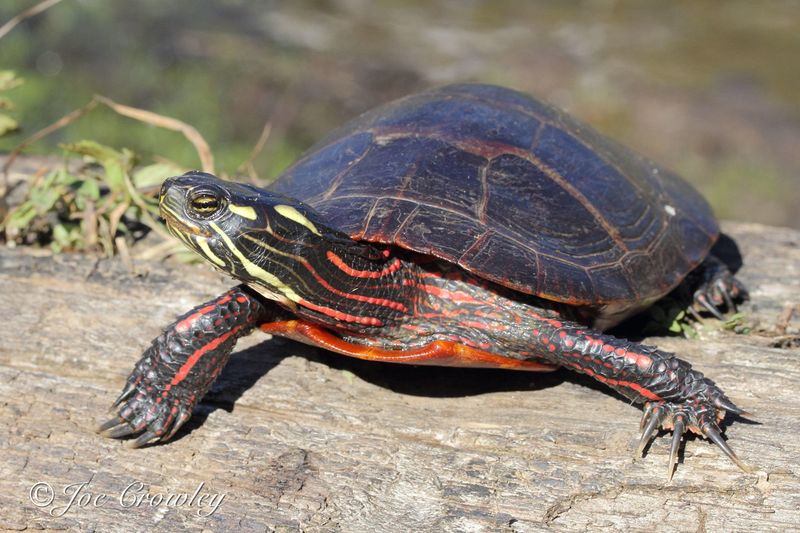
Painted turtles are remarkable creatures with a knack for surviving harsh winters. Unlike most reptiles, these turtles can hibernate under ice, going months without oxygen.
They achieve this by lowering their metabolism to a near standstill, allowing them to endure frigid conditions without harm.
The painted turtle’s vibrant shell is not just for show; it helps in absorbing sunlight, aiding their survival during cold months.
They inhabit ponds and lakes across North America, where they spend their winters nestled in the mud, insulated from the cold. This adaptation is crucial for their survival, as it allows them to conserve energy until spring arrives.
During hibernation, painted turtles rely on stored energy reserves, slowly metabolizing them to survive. Their blood chemistry changes, preventing ice crystal formation, which would otherwise be lethal.
This unique winter adaptation has intrigued scientists, who are studying how these turtles manage to survive such extreme conditions.
4. Woolly Bear Caterpillar
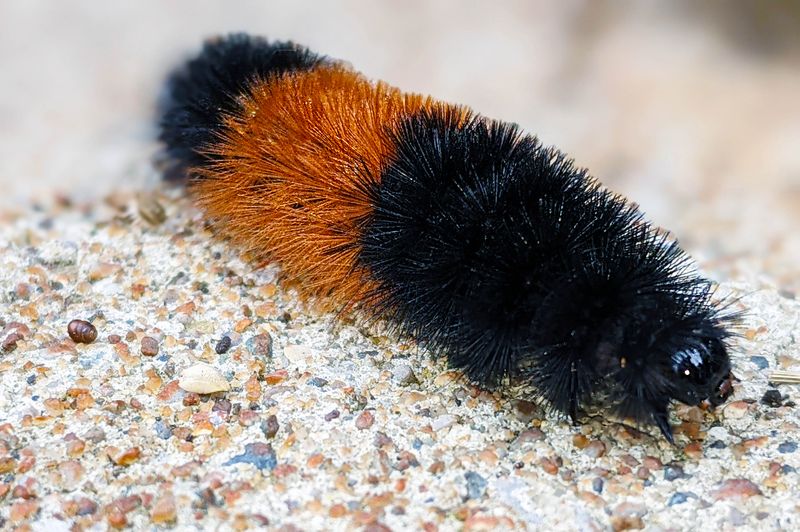
The woolly bear caterpillar is a fascinating example of nature’s resilience. Found in the Arctic tundra, this caterpillar survives the cold by freezing solid.
Unlike most insects, it endures multiple freeze-thaw cycles throughout its life. During the long winters, it enters a deep freeze, its heart ceasing to beat, while its body stiffens like a tiny icicle.
Despite these harsh conditions, the woolly bear caterpillar thaws each spring, continuing its life cycle until it finally metamorphoses into an Isabella tiger moth.
This process can take up to 14 years, a testament to its remarkable adaptation. Its ability to withstand freezing temperatures is due to the production of cryoprotectants, which prevent ice from forming inside its cells.
The caterpillar’s survival strategy offers valuable insights into cold-weather adaptations. Scientists study these caterpillars to understand how they manage such extreme physiological changes.
Their story of endurance and transformation is not only inspiring but also crucial for understanding climate change impacts on arctic species.
5. Alaskan Painted Lady Butterfly
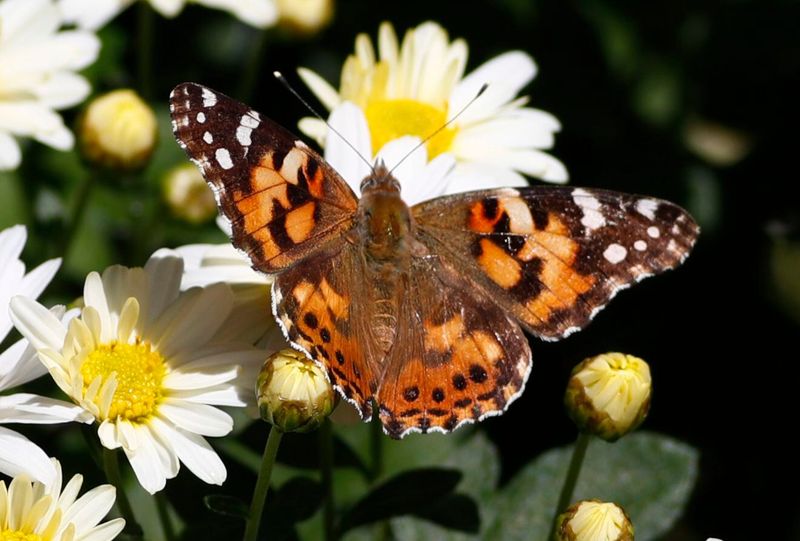
The Alaskan Painted Lady butterfly is a marvel of adaptation and survival. Unlike its relatives, this butterfly can survive the harsh Alaskan winters by freezing in place.
During cold months, they enter a state of suspended animation, where all their biological processes come to a near halt. This allows them to endure until warmer weather returns.
These butterflies are found primarily in Alaska and parts of Canada, where their vibrant orange and black wings provide a stark contrast to the snow-covered landscape.
By producing antifreeze proteins, they prevent ice from forming within their bodies, a crucial adaptation for surviving sub-zero temperatures.
The Alaskan Painted Lady’s life cycle is closely tied to the seasonal changes. As spring arrives, they thaw and resume their daily activities, including mating and laying eggs.
This remarkable survival strategy not only fascinates scientists but also holds potential lessons for improving cryopreservation techniques in biological research.
6. Crucian Carp
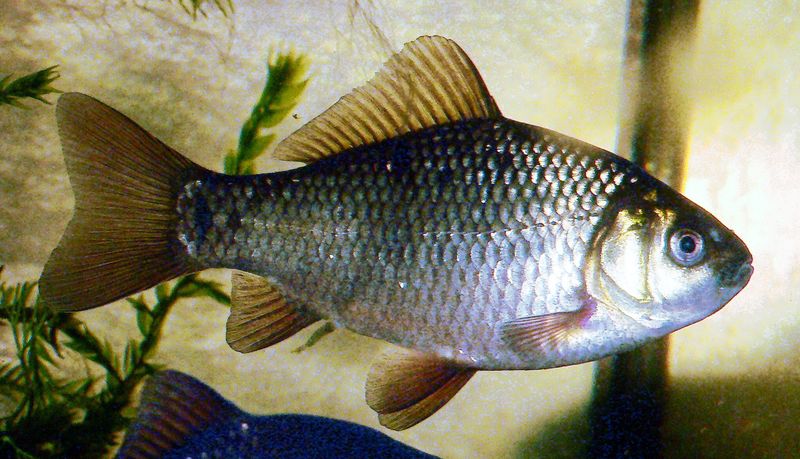
The crucian carp is a fish with an extraordinary ability to survive in frozen lakes. Unlike most fish, this carp can endure long periods without oxygen, living under ice.
During winter, they slow their metabolism to conserve energy, surviving in conditions that would be lethal to others.
Their habitat spans across Europe and Asia, where they thrive in cold, freshwater environments. Crucian carps are known for their resilience, with a thick layer of mucus protecting their skin from freezing temperatures. This adaptation allows them to remain active even when lakes are covered with ice.
Scientists are intrigued by the crucian carp’s ability to survive anoxic conditions. This fish uses anaerobic respiration, converting energy without oxygen, a rare trait in vertebrates.
Their survival strategies have potential applications in medical research, particularly in understanding how to preserve human tissues without oxygen.
7. Arctic Ground Squirrel
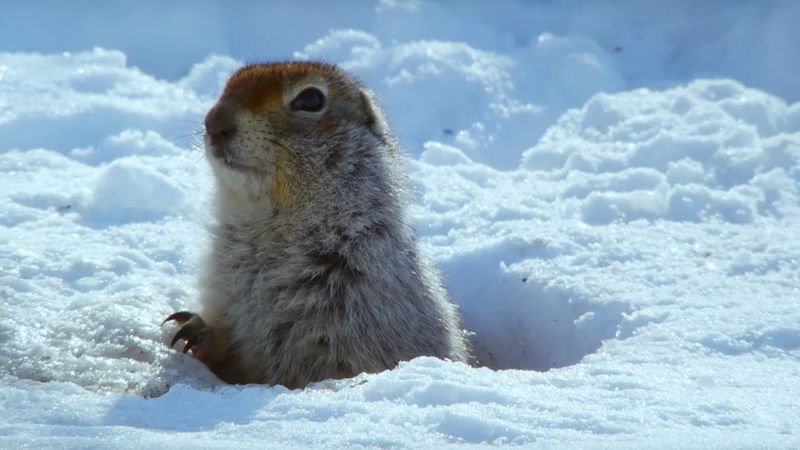
The arctic ground squirrel is a master of survival, thriving in the extreme cold of the tundra. These squirrels are unique in their ability to enter a state of suspended animation, allowing them to survive freezing temperatures.
During hibernation, their body temperature drops below freezing, yet they emerge unscathed in spring.
Found in Alaska and parts of Canada, the arctic ground squirrel hibernates in burrows insulated against the cold.
This remarkable adaptation enables them to conserve energy during the long, harsh winters. Their heart rate slows dramatically, and their bodies produce antifreeze proteins to prevent ice formation in their tissues.
Scientists are fascinated by these squirrels’ ability to endure such conditions. Their survival mechanisms may hold keys to advancements in cryogenics and medical preservation techniques.

